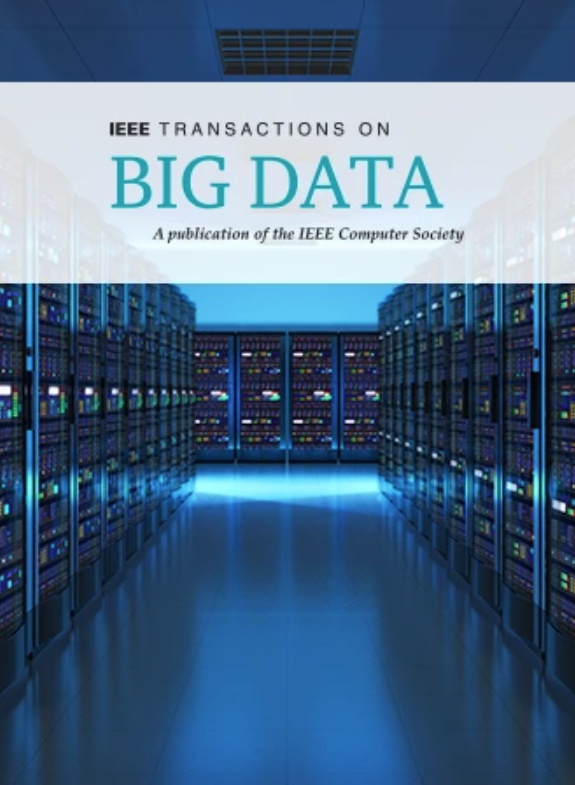深本影:城市空间阳光获取计算的生成方法
IF 7.5
3区 计算机科学
Q1 COMPUTER SCIENCE, INFORMATION SYSTEMS
引用次数: 0
摘要
阳光和阴影在城市空间的利用、繁荣和发展中起着至关重要的作用。虽然获得阳光对城市环境的成功至关重要,但阴影可以在炎热的季节提供阴凉的地方,减轻热岛效应,并增加行人的舒适度。适当量化大城市环境中的日照和阴影是解决当今城市面临的一些重要挑战的关键。在本文中,我们提出了Deep Umbra,这是一个新的计算框架,可以在全球范围内量化阳光照射和阴影。我们的框架基于一个条件生成对抗网络,该网络考虑了城市的物理形态,以计算一年中不同季节累积阳光照射的高分辨率空间信息。我们使用来自七个不同城市的数据来训练我们的模型,并通过一组广泛的实验显示,它的整体RMSE(低于0.1)较低,并且它的可扩展性不属于训练集的城市。此外,我们还提供了一组案例研究和一个全面的数据集,其中包含全球六大洲100多个城市的阳光获取信息。本文章由计算机程序翻译,如有差异,请以英文原文为准。
Deep Umbra: A Generative Approach for Sunlight Access Computation in Urban Spaces
Sunlight and shadow play critical roles in how urban spaces are utilized, thrive, and grow. While access to sunlight is essential to the success of urban environments, shadows can provide shaded places to stay during the hot seasons, mitigate heat island effect, and increase pedestrian comfort levels. Properly quantifying sunlight access and shadows in large urban environments is key in tackling some of the important challenges facing cities today. In this paper, we propose Deep Umbra, a novel computational framework that enables the quantification of sunlight access and shadows at a global scale. Our framework is based on a conditional generative adversarial network that considers the physical form of cities to compute high-resolution spatial information of accumulated sunlight access for the different seasons of the year. We use data from seven different cities to train our model, and show, through an extensive set of experiments, its low overall RMSE (below 0.1) as well as its extensibility to cities that were not part of the training set. Additionally, we contribute a set of case studies and a comprehensive dataset with sunlight access information for more than 100 cities across six continents of the world.
求助全文
通过发布文献求助,成功后即可免费获取论文全文。
去求助
来源期刊

IEEE Transactions on Big Data
Multiple-
CiteScore
11.80
自引率
2.80%
发文量
114
期刊介绍:
The IEEE Transactions on Big Data publishes peer-reviewed articles focusing on big data. These articles present innovative research ideas and application results across disciplines, including novel theories, algorithms, and applications. Research areas cover a wide range, such as big data analytics, visualization, curation, management, semantics, infrastructure, standards, performance analysis, intelligence extraction, scientific discovery, security, privacy, and legal issues specific to big data. The journal also prioritizes applications of big data in fields generating massive datasets.
 求助内容:
求助内容: 应助结果提醒方式:
应助结果提醒方式:


